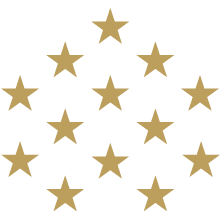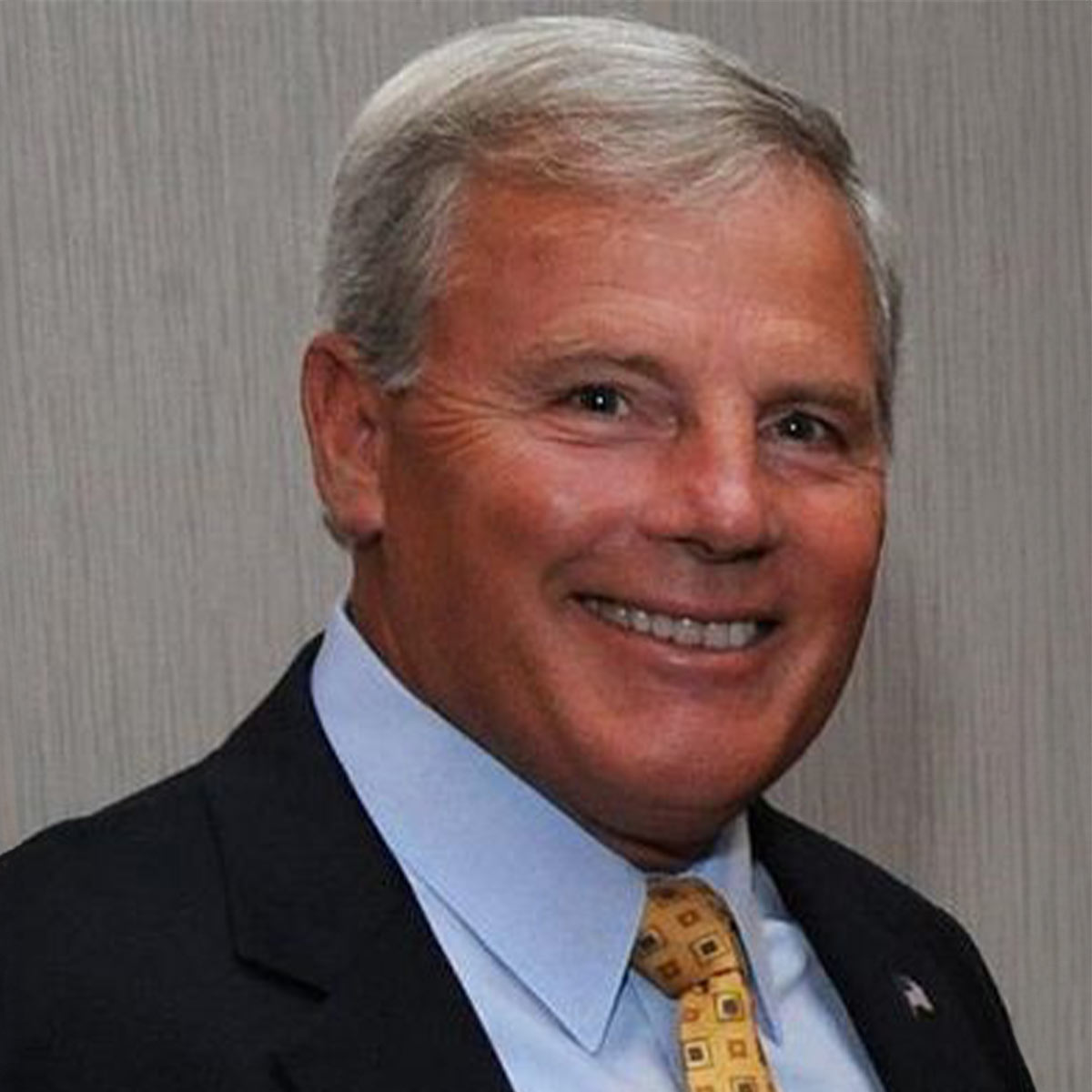
Stephen S. Oswald
National Advisory Board

Rear Admiral Stephen Scot Oswald is a retired naval aviator, test pilot, and astronaut. In a career of aviation achievements, he logged 7,400+ flight hours in over 45 different aircraft and 33 days in space.
Oswald was born June 30, 1951, in Seattle, Washington, and attended Bellingham High School in Bellingham, Washington. He graduated from the U.S. Naval Academy in 1973 with a Bachelor of Science degree in aerospace engineering and was designated a Naval Aviator in September 1974.
Following training in the A-7 Corsair II, he flew aboard USS Midway (CV-41) from 1975-1977. In 1978, Oswald attended the US Naval Test Pilot School at Patuxent River, Maryland. Upon graduation, he remained at the Naval Air Test Center conducting flying qualities, performance, and propulsion flight tests on the A-7 and F/A-18 Hornet aircraft until 1981. Following tours as an F/A-18 flight instructor and catapult officer aboard USS Coral Sea (CV-43), Oswald resigned from active Navy duty and joined Westinghouse Electric Corporation as a civilian test pilot until being selected as a NASA astronaut in 1985.
He remained in the Naval Reserve, flying the RF-8 and A-7 until transferring to the Naval Reserve space community in 1988. His Reserve assignments included three command tours, the last of which was Director, Naval Space Reserve Program at the Navy Space Systems Division in the Pentagon. From 2000-2001, he served on active duty as Deputy Commander, Joint Task Force for Computer Network Operations in Washington, DC. He was then assigned as the Reserve Deputy to the Deputy Chief of Naval Operations for Warfare Requirements and Programs (OPNAV N6/7) in the Pentagon, retiring in 2008 as Rear Admiral (O-8) after 34 years of naval service.
Oswald joined NASA in November 1984 as an aerospace engineer and instructor pilot and was selected as an astronaut candidate in June 1985. His technical assignments within the Astronaut Office included flight crew representative to Kennedy Space Center; flight software testing with the Shuttle Avionics Integration Laboratory; crew representative to the Marshall Space Flight Center on solid rocket booster redesign; and spacecraft communicator (CAPCOM) in the Mission Control Center during Space Shuttle missions. He was also Chief of the Operations Development Branch within the Astronaut Office and served as Assistant Director of Engineering at Johnson Space Center.
Oswald piloted two missions aboard the Space Shuttle Discovery: STS-42, the International Microgravity Laboratory-2 (IML-2) mission in January 1992, and STS-56, the second Atmospheric Laboratory for Applications and Science (ATLAS-2) mission in April 1993. Oswald commanded STS-67, the second flight of the Astro observatory (Astro II), which flew on the Space Shuttle Endeavour in March 1995. This mission established a mission duration record for the Space Shuttle at 17 days. With the completion of his third space flight, Oswald has logged over 33 days in space.
After STS-67, Oswald became a NASA Senior Executive and served as Deputy Associate Administrator for Space Operations at NASA headquarters in Washington, D.C. In this capacity, he was responsible for Space Shuttle, Expendable Launch Vehicles, and Space Communications for the Agency. Oswald returned to the Astronaut Office in July 1998, retiring from NASA in January 2000. He then joined the Boeing Company in Houston, Texas as Vice President, and Program Manager for the Space Shuttle; then led a $1+B division serving commercial, military, and intelligence community customers nationwide until retiring in 2012.
Oswald is an Eagle Scout and recipient of the Distinguished Eagle Scout Award. He is an Associate Fellow of the Society of Experimental Test Pilots, President of the US chapter of the Association of Space Explorers, and a member of various professional organizations.
He is a recipient of the Distinguished Service Medal, Defense Superior Service Medal, Legion of Merit, Distinguished Flying Cross, Meritorious Service Medal, Navy Commendation Medal (2), NASA Outstanding Leadership Medal, NASA Exceptional Service Medal (2), NASA Space Flight Medal (3) and various service awards.
He currently resides in Durango, CO with his wife Mary Bono, a former congresswoman from California. Between them, they have five children and 11 grandchildren.
